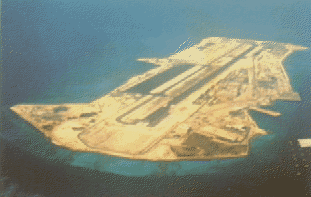Synthesis of VX Gas
As well as being a weapon of mass destruction, the synthesis of nerve agents is highly dangerous to the scientist that does so. The synthesis of VX gas is also complicated and secret. Therefore, it cannot, and should not be described here.
The vital precursors are phosphites, phosphorous chlorides, and alkyl-diethanolamines. Sales of these chemicals are restricted under the Chemical Weapons Convention, most likely in an attempt to make synthesis of nerve gases more difficult.
In particular, compounds containing the methyl-phosphite group are well-controlled, as the only known uses for these compounds are in the synthesis of nerve agents.
Decomposition of VX Gas
The US armed forces are destroying their stockpiles by incineration at facilities such as that at Johnston Island in the South Pacific. As the link shows, the VX, casings and propellants are separately incinerated at 2700 degrees celcius, and the waste products "Afterburnt" to destroy all traces of the gas.

Johnston Island
In contrast, the main decomposition of dispersed gas is by rain-induced hydrolysis. The mechanism for this is shown below:
First, attack by hydroxide (from rainwater) on the phosphorus to form a pentacoordinate phosphorus intermediate.

Then, ethoxide is expelled to give the nerve gas EA2192.

Unfortunately, EA2192 is both highly toxic and very stable, so dispersed VX Gas is very persistent. The same fate applies to VX dumped at land or sea, so dumping is not a viable destruction programme.
For more information, see the Mitretek Systems Web Site. This site is a mine of chemical and biological warfare information.
No comments:
Post a Comment